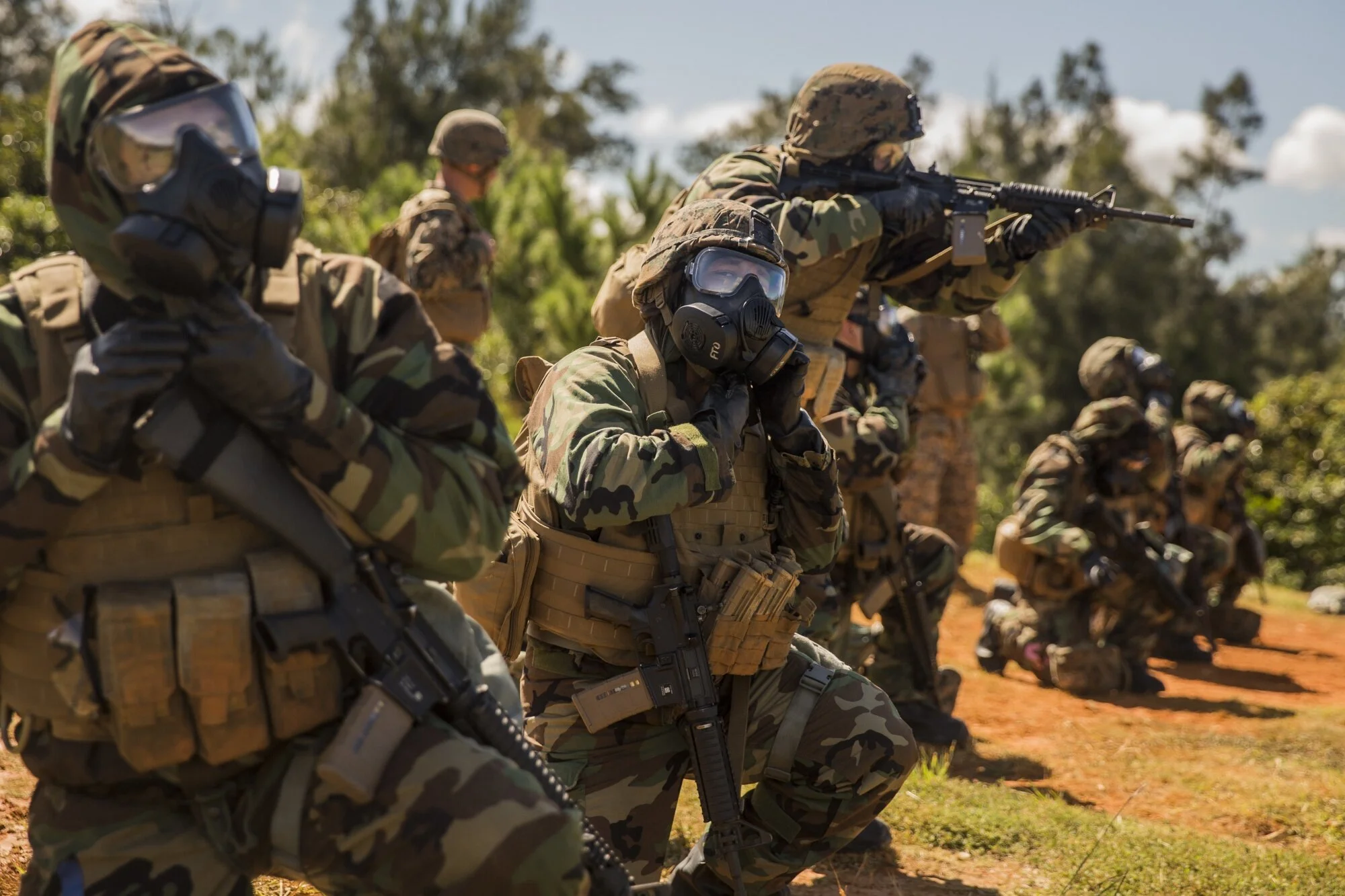
Advanced Development for Defense Science and Technology
Defense Advanced Research Projects Agency (DARPA)
This SBIR Phase I proposal will assess the potentiality for increasing the effective volumetric airspace that can be scanned for chem/bio (CB) hazardous particulates by unmanned air vehicles (UAVs) during flight. A principal objective is to see if and how the complex, turbulent vortical flows produced by UAVs can be harnessed for this purpose. Preliminary work toward an optimal strategy for bringing the widest range of particulates to the airborne sensors will be considered in the Phase I project with further optimization, implementation and testing in subsequent phases of the work.
The effectiveness of current point source airborne testing for hazardous particles using UAVs is limited by the need to directly intersect the particles along the flight path. This lack of efficiency translates into extended flight times and the potentiality for mission failure in which dangerous particles are overlooked. While it is possible to force increased airflow through sensors, (e.g. by the use of fans) it is not evident that this necessarily increases the search volume in the surrounding air space. The focus of this project is in finding strategies for creating the largest possible sampling footprint of the UAV as it flies thus enhancing efficiency and accuracy in the search for dangerous particles. Passive and active approaches will be considered with an attempt to ascertain which parameters affecting the problem are most significant and in need of optimization.
The feasibility of this study is suggested by the tendency of UAV flow fields to include a range of complex flow phenomena that may include vortices associated with separated flow and maneuvering, vortex breakdown, shear layer instabilities and other effects. Vortex motions are also intrinsic to flow control efforts including micro-electro mechanical (MEMS) devices. Flow fields containing vortices and turbulence are noteworthy for their ability to promote dispersion and by so doing may bring particles within range of the intake of the airborne sensor that would otherwise be overlooked. This project will attempt to find out what kinds of flow arrangements associated with UAVs are likely to enable ingestion into sensors of the widest possible upstream fluid. Once such motions have been identified attention will then be focused on developing optimal means for deploying this capability

